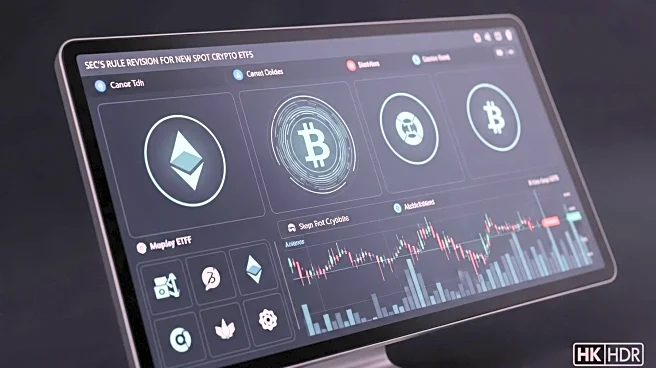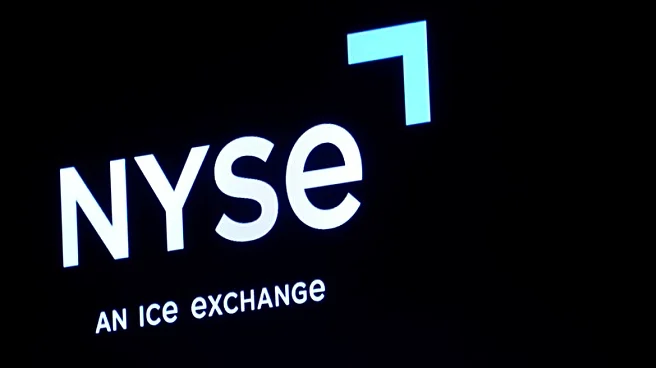What is the story about?
What's Happening?
FTX is set to distribute $1.6 billion to creditors on September 30, as part of its third distribution. This payout is slightly less than the initially promised $1.9 billion. Eligible claim holders who have completed requirements such as KYC, tax forms, and onboarding with providers like BitGo, Kraken, or Payoneer will receive funds within 1-3 business days. Despite the shortfall, cumulative recovery rates have reached up to 95% for certain classes, providing significant relief to creditors. Additionally, Sam Bankman-Fried, who was sentenced to 25 years in prison earlier this year, plans to appeal his conviction in November.
Why It's Important?
The $1.6 billion payout from FTX could significantly impact the cryptocurrency market, particularly altcoins. With the Altcoin Season Index at 86, fresh liquidity from these payouts could fuel rallies if funds flow back into crypto. Historically, creditor reimbursements have led to retail optimism and quick market rallies. The timing of this payout coincides with favorable conditions for a potential breakout, provided market sentiment turns bullish. This development is crucial for creditors seeking recovery and for the broader crypto market, which may experience increased activity and volatility.
What's Next?
Following the payout, the market will closely watch how much of the distributed funds are reinvested into cryptocurrencies, potentially driving altcoin rallies. Sam Bankman-Fried's appeal in November could also influence public perception and legal proceedings related to FTX. Stakeholders, including creditors and crypto investors, will monitor these developments to assess their impact on market dynamics and recovery efforts.
Beyond the Headlines
The legal appeal by Sam Bankman-Fried may raise questions about the judicial process and the treatment of high-profile financial crimes. Additionally, the distribution of funds highlights the complexities of bankruptcy proceedings and creditor recovery in the crypto industry, which may influence future regulatory approaches.
AI Generated Content
Do you find this article useful?














